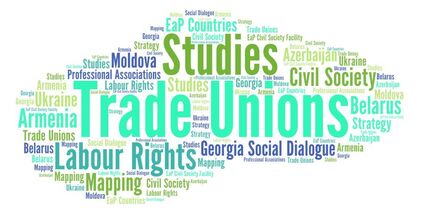
The post-World War II era also saw an increased pattern of unionization in the public service. Teachers, nurses, social workers, professors and cultural workers (those employed in museums, orchestras and art galleries) all sought private-sector collective bargaining rights. The Canadian Labour Congress was founded in 1956 as the national trade union center for Canada.
In the 1970s the federal government came under intense pressures to curtail labour cost and inflation. In 1975, the Liberal government of Pierre Trudeau introduced mandatory price and wage controls. Under the new law, wages increases were monitored and those ruled to be unacceptably high were rolled back by the government.
Pressures on unions continued into the 1980s and '90s. Private sector unions faced plant closures in many manufacturing industries and demands to reduce wages and increase productivity. Public sector unions came under attack by federal and provincial governments as they attempted to reduce spending, reduce taxes and balance budgets. Legislation was introduced in many jurisdictions reversing union collective bargaining rights, and many jobs were lost to contractors.
 RSS Feed
RSS Feed